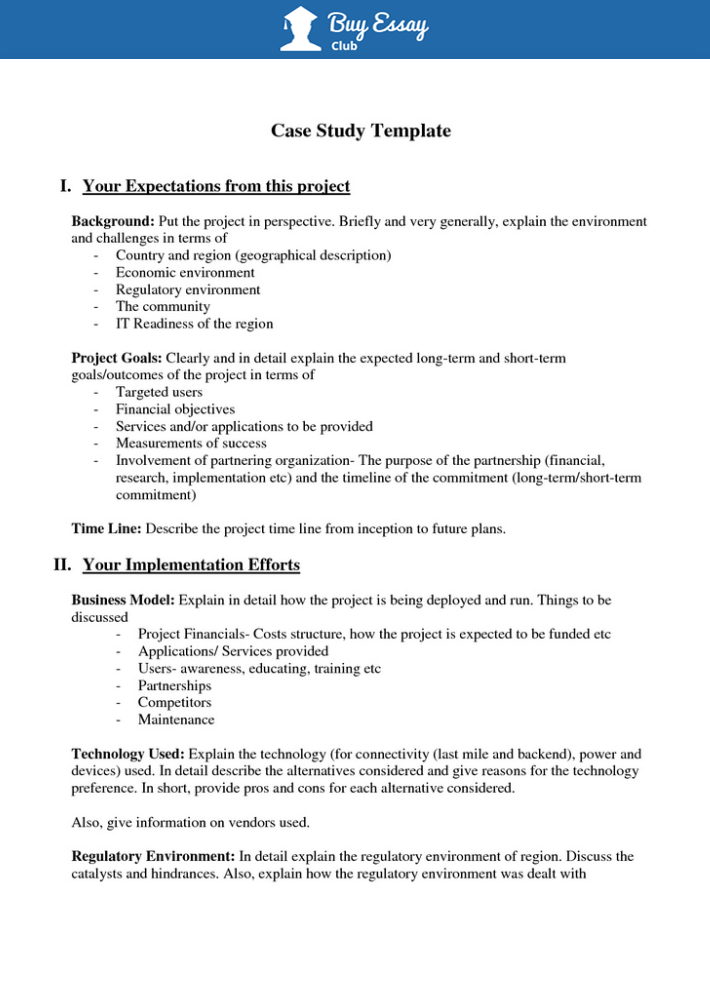Main Features of a Case Study
Case study is a research method you use for testing hypothesis in situations from a real life. This is a practical research, not statistical one. With the help of this study it is possible to narrow down a broad field to a single topic.
In most cases you will not obtain a comprehensive answer using this method but it will definitely provide you with a certain direction for the further research.
They use case studies to see whether scientific theories have a chance to survive in a real world. For example, you have developed a super cool model of a rock pool; to find out if it is going to actually work you have to test it in real world conditions.
This research type works well in the field of ecology, science, psychology and anthropology. Specialists consider it to be a valid method. It happens that scientists are stuck in the routine, and case study is a good way to see details and apply a comprehensive approach to the research subject of thesis statement.
Case Study Examples
Case study: pros and cons
Case study is a rather disputable method: on one hand, it provides answers to a very specific narrow issue and does not cover the entire problem; on the other hand, with its help it is possible to get a more realistic data than with a survey.
The right approach would be probably choosing the golden mean and combining two or more methods. A narrow approach should be linked to a more general, complex method.
For instance, if you conduct a research how much time people spend on phone conversations during a day you apply a statistical survey but if you need to get results of a certain group of people or find out the reason why they do so – this is the job for a case study.
Flexibility is a feature of a case study. You may be surprised to obtain totally unexpected results of your study that may lead you to further research, where you are trying to prove or argue a certain theory.
Plus, case study is one of the basic research tools in some fields (e.g. ecology, psychology, annotated bibliography etc.). Just remember that it is impossible to research all issues about population and ecosystems with a case study.
Another important thing is that public does not enjoy reading pallid statistics or figures; it is far more interesting to read case study reports with unexpected results.
Case study – conduct a plan
If you have an interesting case or theory to investigate, this is a good opportunity to start a case study. Bear in mind, you should treat it as serious as others, and take notes on a regular basis.
You should begin with defining your subject and purpose. Identify a small group of people, population or case.
Your next step would be making a plan. You should have a detailed plan of actions on how to conduct your study, approach the group of people under research, and guarantee relevance of results. The nice part is that you don’t have to follow some specific rules to conduct your research. The only condition is to take it seriously and keep it concise. It is enough to point out 3-5 main issues you are going to stick to during the investigation.
Unlike other researches, in case study you are an observer, staying passive and watching your target object.
Case study results analysis
Once the research is done, you need to analyze it. In this case, the results would remind your personal opinion of what you have observed. This is where it is appropriate to use the statistical method. You need to try to generalize information and put it into a narration.
Do not forget to include examples in your narration. If you want to present some figures (check argumentative essay topics), keep in mind that you are just showing general trends, and not analyzing the data.
Most likely, it is not only scientists, who will be reading your report but also common people, who do not know much about the subject of your study. Try to keep it simple and plain.
One of the goals of a case study is to cause debates on a specific topic. In its basis lies an opinion, so there can’t be right or wrong answers.

 Calculate
Calculate 




